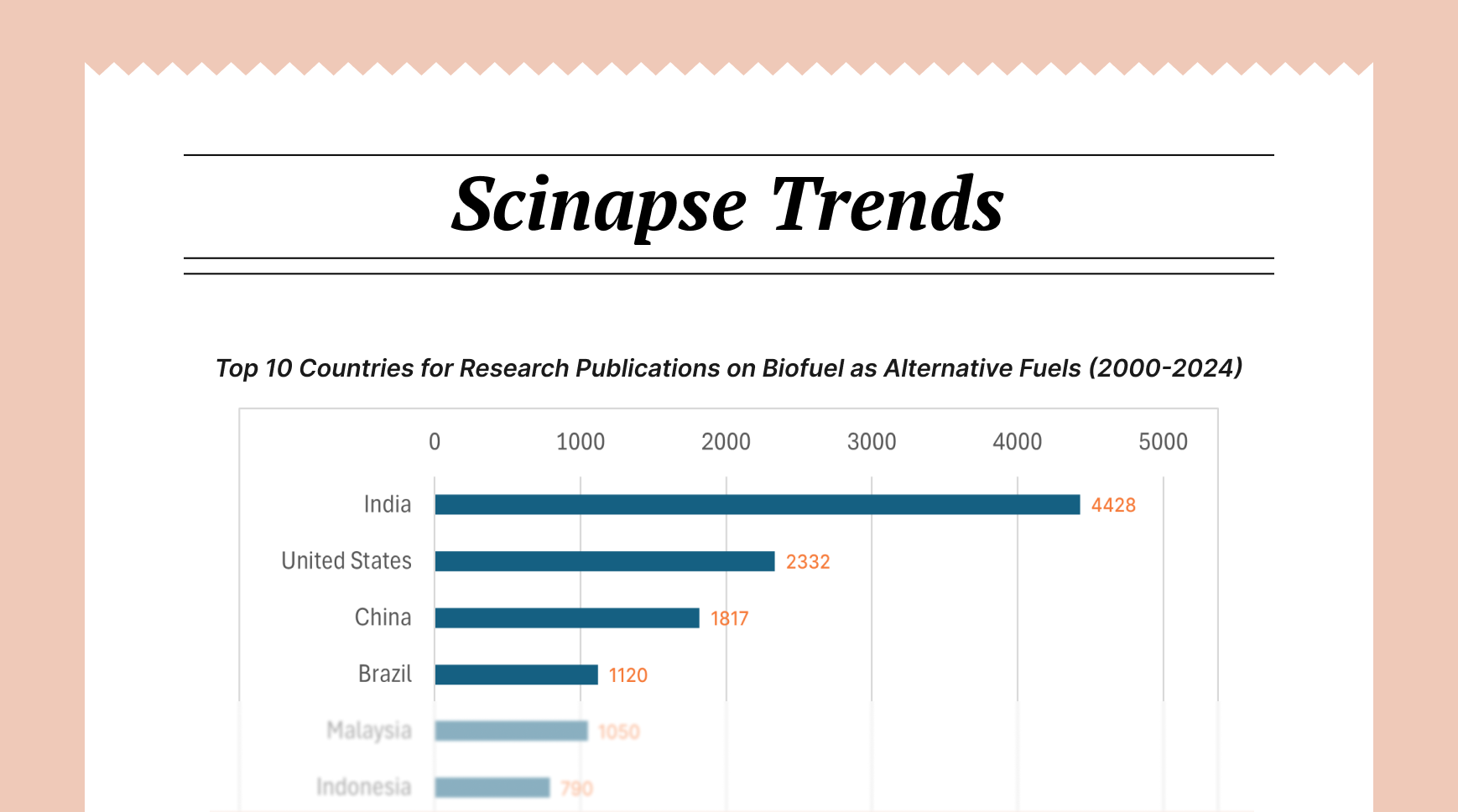How to Write a Literature Review? 5 Simple Steps to Follow

More than a simple summary of existing research, a literature review represents a critical analysis that contextualizes your study within the broader scholarly conversation. This article outlines five essential steps for creating a comprehensive, well-structured literature review that demonstrates your command of relevant scholarship while establishing the foundation for your original contribution.

Step 1: Define Your Research Question and Scope
The foundation of an effective literature review begins with precisely defining your research question and establishing appropriate boundaries for your investigation. Without this clarity, your review risks becoming an unfocused collection of loosely related sources rather than a coherent analytical synthesis.
Crafting Your Research Question
Begin by formulating a specific, answerable research question that will guide your literature selection and analysis. Consider using frameworks like PICO (Population, Intervention, Comparison, Outcome) in empirical research or similar structures appropriate to your discipline. Your question should be:
- Focused enough to yield manageable search results
- Broad enough to capture relevant scholarship
- Significant within your field's current conversations
- Aligned with your broader research objectives
Establishing Review Parameters
Once your question is defined, establish clear parameters regarding:
- Temporal boundaries: Will you focus on literature from a specific time period? Consider disciplinary conventions—rapidly evolving fields may emphasize recent publications, while others may require historical context.
- Methodological inclusion: Will you incorporate qualitative, quantitative, and theoretical work, or focus on specific methodological approaches?
- Conceptual boundaries: Which key concepts, theories, or variables will frame your investigation?
- Geographic or contextual limitations: Will you focus on scholarship from particular regions or contexts?
These parameters should directly serve your research question while creating manageable boundaries for your review. Document your decisions to ensure consistency throughout the review process and transparency for readers.
Step 2: Conduct a Systematic Literature Search
With your research question and parameters established, the next step involves systematically identifying relevant scholarship. This process requires methodical planning and execution to ensure comprehensive coverage while maintaining focus.
Developing Search Strategies
Begin by identifying key search terms derived from your research question. Consider:
- Primary keywords directly related to your central concepts
- Secondary terms that capture related ideas or alternative terminology
- Boolean operators (AND, OR, NOT) to create precise search strings
- Field-specific terminology and controlled vocabularies when applicable
Develop search strings that balance sensitivity (capturing all relevant sources) and specificity (excluding irrelevant material). Document your search strategies to enable replication and demonstrate thoroughness.
Selecting Appropriate Databases
Different disciplines privilege different databases and search tools. Select resources most relevant to your field while considering interdisciplinary perspectives:
- Field-specific databases (e.g., PubMed for medical research, PsycINFO for psychology)
- Multidisciplinary databases (Web of Science, Scopus)
- Dissertation and thesis repositories
- Institutional repositories and open-access platforms
- Citation indexes for backward and forward citation searching
Step 3: Leverage Literature Review Tools for Efficiency and Comprehensiveness
Contemporary researchers benefit from specialized tools designed to streamline the literature review process. These platforms enhance efficiency while promoting methodological rigor and comprehensive coverage.
Understanding Scinapse and Similar Academic Search Engines for Literature Review
Scinapse represents an innovative academic search engine offering several advantages over traditional databases. Developed by Pluto Network, this open platform provides:
Custom Mini Literature Reviews from Keywords
Scinapse allows researchers to generate tailored literature reviews by simply entering a few keywords related to their research focus. The system automatically curates a personalized review drawing from approximately 250 million papers, with a refined collection of 100 million quality-controlled publications. This functionality eliminates the need to manually sort through countless papers, providing instead a concise summary of the most relevant insights from recent years.
Research Trend Analysis
Scinapse provides a comprehensive analysis of emerging research directions within your field. The platform identifies patterns and developments across publications, helping researchers understand how concepts have evolved and where the field is heading. This feature is particularly valuable when entering a new research area or preparing grant applications that require demonstrating awareness of current trends.
Efficient Identification of Relevant Papers
The platform's sophisticated algorithms excel at finding truly relevant papers rather than simply keyword matches. Scinapse covers over 99% of Science Citation Index Expanded (SCIE) journals and integrates multiple public databases, including MAG, Pubmed, Openalex, and Crossref, supplemented by web-crawled data. This broad coverage ensures researchers discover connections and relevant works they might otherwise miss.
Time Savings Through Targeted Results
Perhaps the most significant advantage of Scinapse is the reduction in time spent on literature searches. Rather than spending hours or days combing through databases, researchers can bypass information overload by focusing only on the most relevant findings. This efficiency allows more time for actual analysis and writing.
When selecting AI search tools like Scinapse for your literature review, evaluate these important parameters:
Research Trend Analysis Capabilities
Look for tools that can identify patterns across publications and visualize how research in your field has developed over time.
Keyword Filtering Options
Effective AI tools should allow precise filtering by multiple keywords and concepts, with options for inclusion and exclusion terms.
Publication Year Filtering
The ability to focus on specific periods helps ensure your review reflects either the most current research or tracks historical development.
Institutional Affiliation Filtering
This feature allows you to identify research from specific universities or research centers, which can be valuable for finding specialized expertise.
Journal Filtering Options
Quality tools should let you narrow results to specific journals, particularly helpful when focusing on the most respected publications in your field.
Geographic/Country Filters
These filters help when research questions have regional specificity or when you want to understand the geographical distribution of research.
Citation Metrics Access
Tools should provide citation count information to help identify influential papers and understand their impact on the field.
Impact Factor Information
Access to journal impact factors provides another quality metric to help prioritize sources for your review.
Other Essential Literature Review Tools
Beyond search engines like Scinapse, consider integrating these complementary tools:
- Reference management software (Zotero, Mendeley, EndNote) to organize sources and create citations
- Systematic review platforms (Covidence, Rayyan) for collaborative screening and data extraction
- Visualization tools (VOSviewer, CiteSpace) to map research landscapes and identify conceptual clusters
- Text analysis software to identify patterns across large bodies of literature
Effectively integrating these tools into your workflow can significantly enhance efficiency while promoting comprehensive coverage and analytical insight.
Step 4: Analyze and Synthesize the Literature
After gathering relevant sources, transition from collection to analysis through careful reading and systematic organization. This critical phase transforms individual sources into a coherent scholarly conversation.
Critical Reading Strategies
Approach each source with analytical attention to:
- Theoretical frameworks and conceptual foundations
- Methodological approaches and their strengths/limitations
- Key findings and their relationship to your research question
- Limitations, contradictions, or gaps identified by the authors
- Connections to other works in your review
Consider creating standardized reading notes capturing these elements for each source, facilitating later synthesis and comparison across studies.
Organizing Your Analysis
Rather than summarizing sources sequentially, organize your analysis thematically, methodologically, or chronologically depending on your research question and disciplinary conventions:
- Thematic organization: Group sources addressing similar concepts or variables
- Methodological organization: Cluster studies using similar research approaches
- Chronological organization: Trace the evolution of ideas or findings over time
Within your chosen organization, identify patterns, contradictions, and gaps across sources. Look for:
- Points of scholarly consensus and their evidential foundation
- Areas of ongoing debate and their underlying assumptions
- Methodological trends and their implications for knowledge development
- Conceptual gaps that your research might address
This analytical organization provides the foundation for your synthesis—the identification of overarching patterns that transcend individual studies.
Step 5: Write, Structure, and Revise Your Literature Review
The final step involves translating your analysis into a coherent narrative that guides readers through the relevant scholarship while establishing the foundation for your contribution.
Structuring Your Review
Effective literature reviews typically include:
- Introduction: Establish your research question, review scope, and organizational approach
- Main body: Present your synthesis organized according to your analytical framework (thematic, methodological, or chronological)
- Conclusion: Summarize key patterns, identify significant gaps, and articulate how your research addresses these gaps
Within this broader structure, organize paragraphs around ideas rather than individual sources, using topic sentences that articulate analytical insights rather than bibliographic information.
Developing Your Scholarly Voice
As you write, cultivate a scholarly voice that:
- Balances summary and analysis, prioritizing critical evaluation over description
- Demonstrates scholarly judgment through careful assessment of methodological strengths and limitations
- Maintains appropriate scientific skepticism while acknowledging significant contributions
- Articulates connections between disparate sources and research traditions
- Avoids excessive quotation, instead synthesizing ideas in your own words
This balanced voice establishes your credibility as a knowledgeable participant in scholarly conversation rather than merely a bibliographer of others' work.
Revision Strategies
Effective literature reviews typically undergo multiple revisions focusing on different aspects:
- Structural revision: Evaluate overall organization and logical flow
- Analytical revision: Assess the depth and balance of your critical engagement
- Stylistic revision: Polish your scholarly voice and transitional elements
- Technical revision: Review citations and formatting for consistency and accuracy
Consider seeking feedback from colleagues at different revision stages, as external perspectives can identify gaps or assumptions invisible to you as the author.
Author: Uttkarsha B
- AI-Ethicist and STM Research & Publishing Expert
Never re-search again.
Scinapse is made by researchers for researchers.
Join the next generation of research at ⏯️ https://scinapse.io/
Pluto Labs
Pluto Labs helps researchers focus on their research by improving several inefficiencies in the academic research process. We offer data-driven insights from academic papers, allowing users to easily obtain review-level results for their desired range of papers.
https://pluto.im/





Comments ()